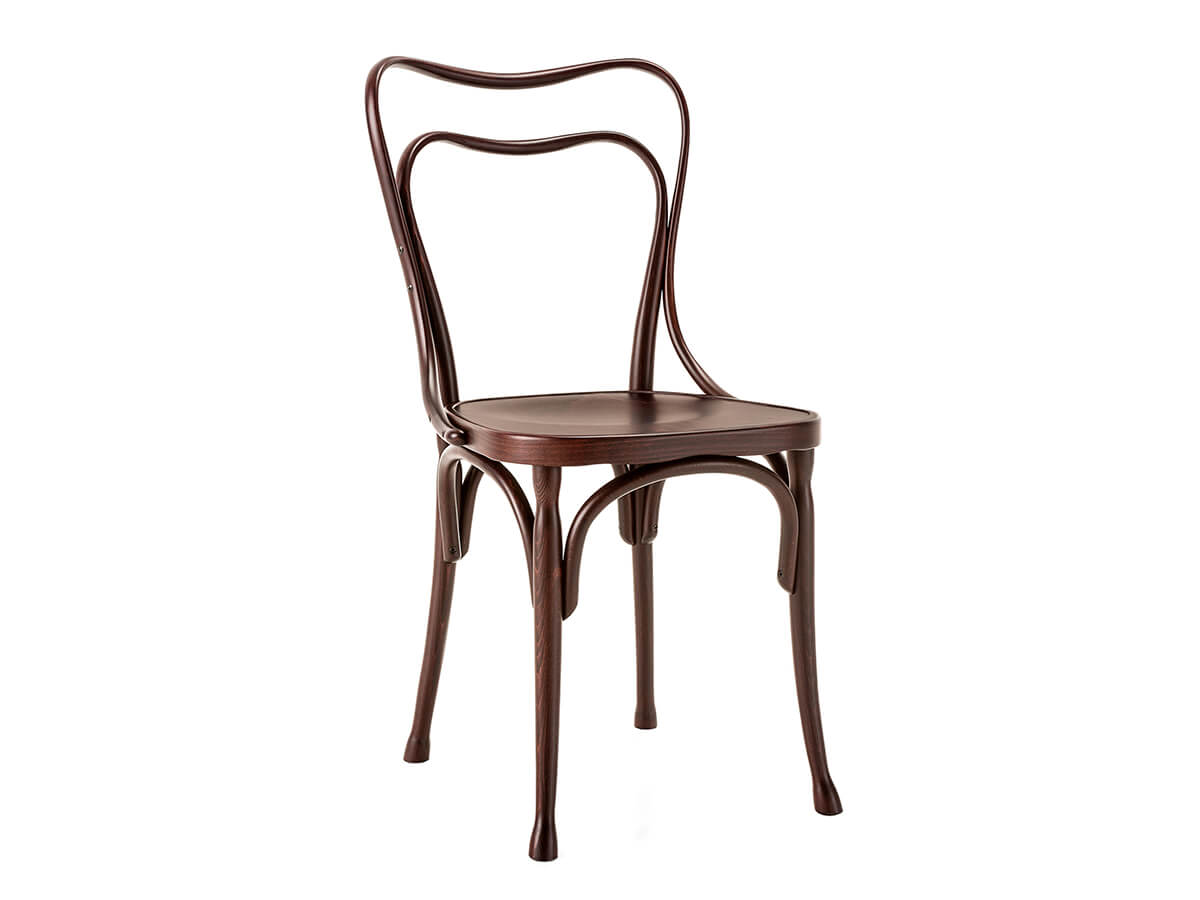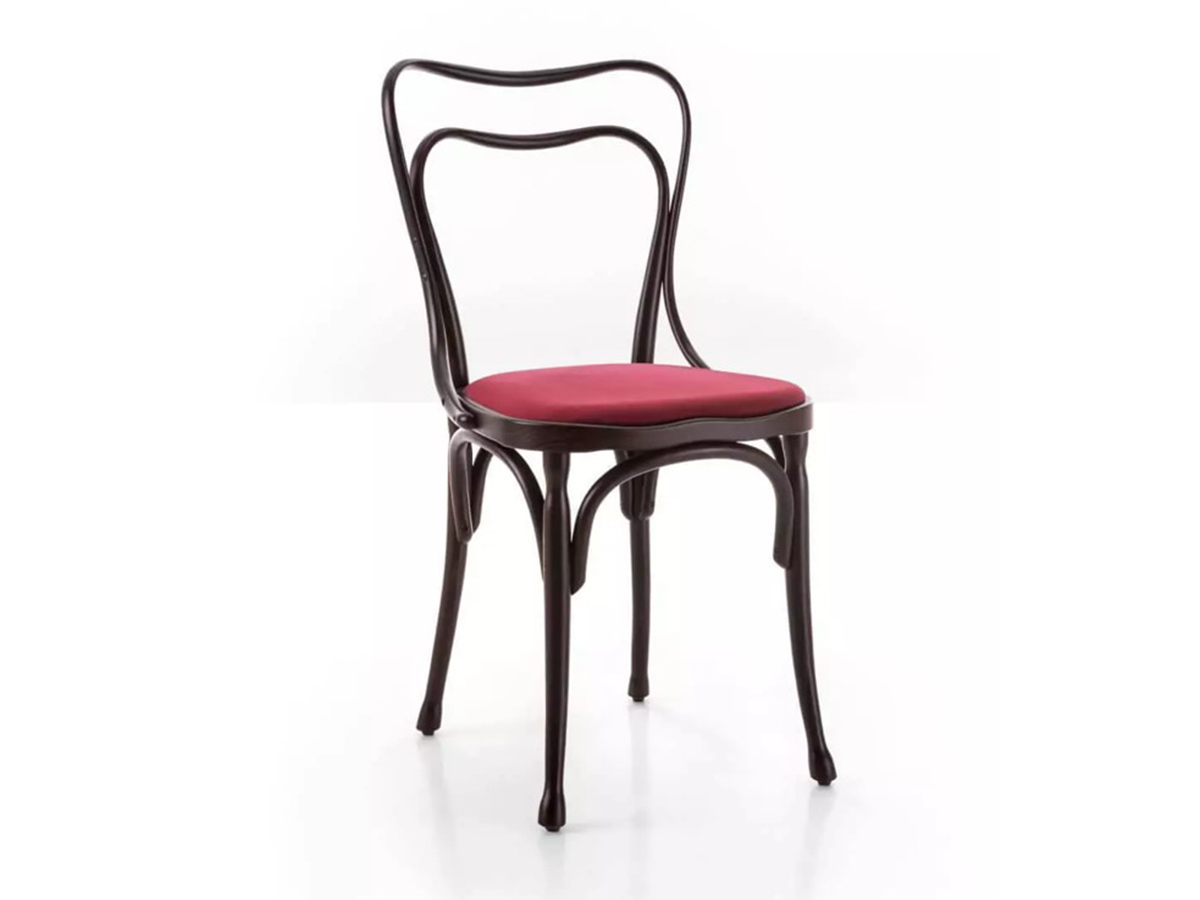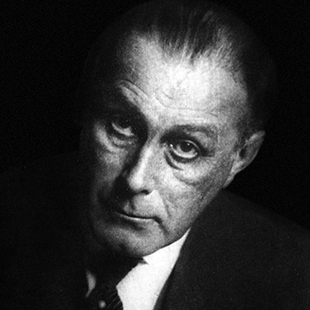Gebruder Thonet Vienna
Loos Café Museum Chair
Seat in Woven Cane
Price starting from € 1.094,00*
*Price valid for the version in stained curved beechwood - seat in woven cane (cod. SDLOOSPGL).
Gebruder Thonet Vienna is a company that can boast in its catalog numerous objects that have made the history of design, shaping the taste and style of our time. Loos Café Museum is a refined object capable of communicating a particular formal and aesthetic lightness to the eye. Originally created in 1898 by Adolf Loos to furnish the famous Café Museum in Vienna, this chair later underwent a fine restyling that was able to exploit the elliptical rather than round section to give the structure greater stability and comfort. The single-piece curved seat frame is particularly comfortable, as is the partially oval section backrest.
W.44 x D.53 x H.87 cm
Seat Height H.47 cm
Salvioni Design Solutions delivers all around the world. The assembly service is also available by our teams of specialized workers.
Each product is tailor-made for the personal taste and indications of the customer in a customized finish and that is why the production time may vary according to the chosen product.
To discover the full range of services available, visit our delivery page.
Suggested versions (3)
Personalize your request
Frame
Select
Select
Select
All design history books begin with the same name: Thonet. In fact, thanks to the research made by the German cabinet maker Michael Thonet on the bending of wood, the industrial production of furniture began. In 1842, Thonet was invited by Chancellor Metternich himself to continue his activity in Vienna, and it was precisely in the capital of the Hapsburg Empire that he founded the Gebrüder Thonet Vienna (GTV) involving his five sons. The company left an indelible mark and the Gebrüder Thonet Vienna chairs went to connote the style of an era, selling millions of pieces all over the world thanks to a cutting-edge distribution network.Read more
Designed by
Adolf Loos
Adolf Loos (1870-1933), Austrian architect of the early 1900s, was one of the first protagonists of the radical renewal of the concept of architecture that crossed Western culture in those years. His essay "Ornaments and Crime" (1908) paves the way for Modernism, pugnaciously advocating the abandonment of any decorative ambitions to favor above all the practical and utilitarian function of buildings. An idea of architecture that Loos consistently carries forward also in his design practice, strongly influenced by his youthful trips to the United States during which he has come into contact with the dry and chaste style of the Calvinist communities of the Shakers. Back in Vienna he launches into a bitter controversy with the architects of the Secession group, such as Otto Wagner and Josef Hoffmann, to whom he initially adheres but from which he soon detaches himself in opposition to the style that he consideres an expression of past. Instead, he has good relationships with the circles of the European artistic avant-garde, so much so that in the 1920s he designes the Parisian home of the surrealist Tristan Tzara. Other well-known projects are the Café Museum in Vienna (1899), Villa Kramer in Montreux (1903-06) and the Looshaus (1909-11), also in Vienna, a city for which he briefly holds the role of chief architect in the difficult period following the First World War. A chair designed by him is now re-proposed in the Gebrüder Thonet Vienna catalog, while many of his lamps are reissued by the Austrian lighting brand Woka.
Read more



